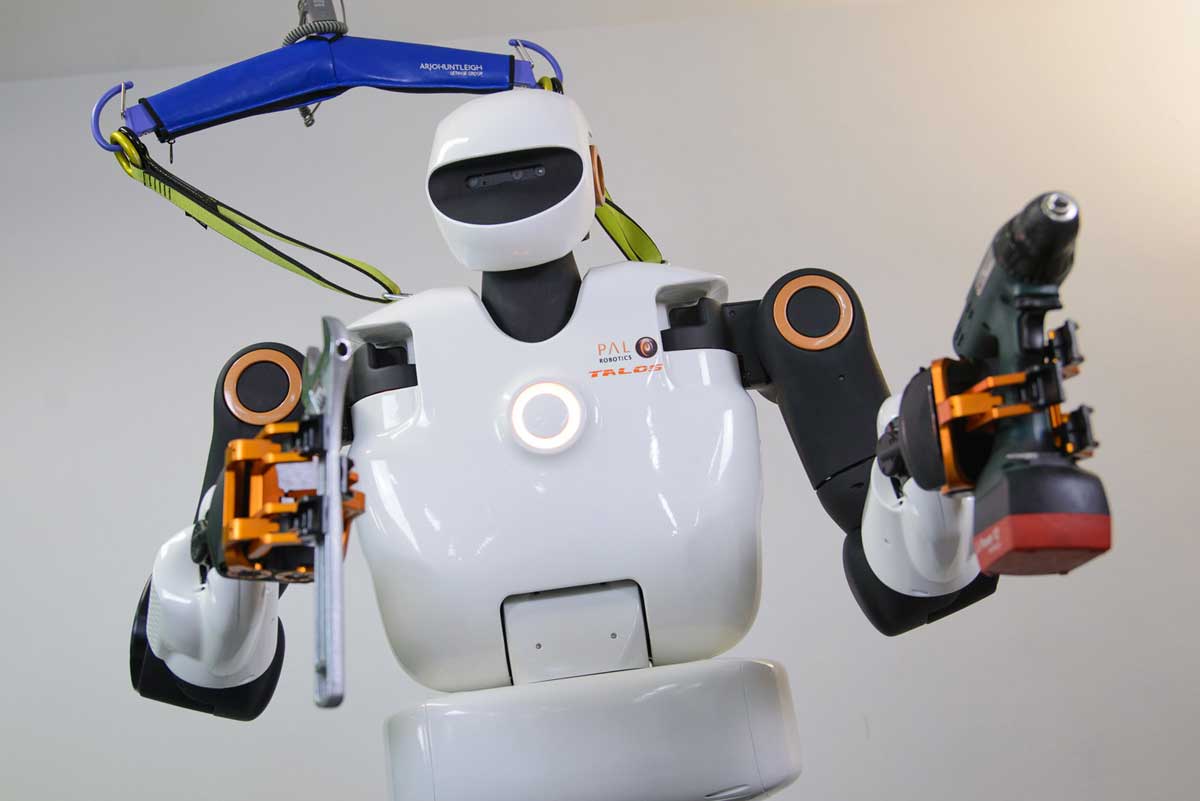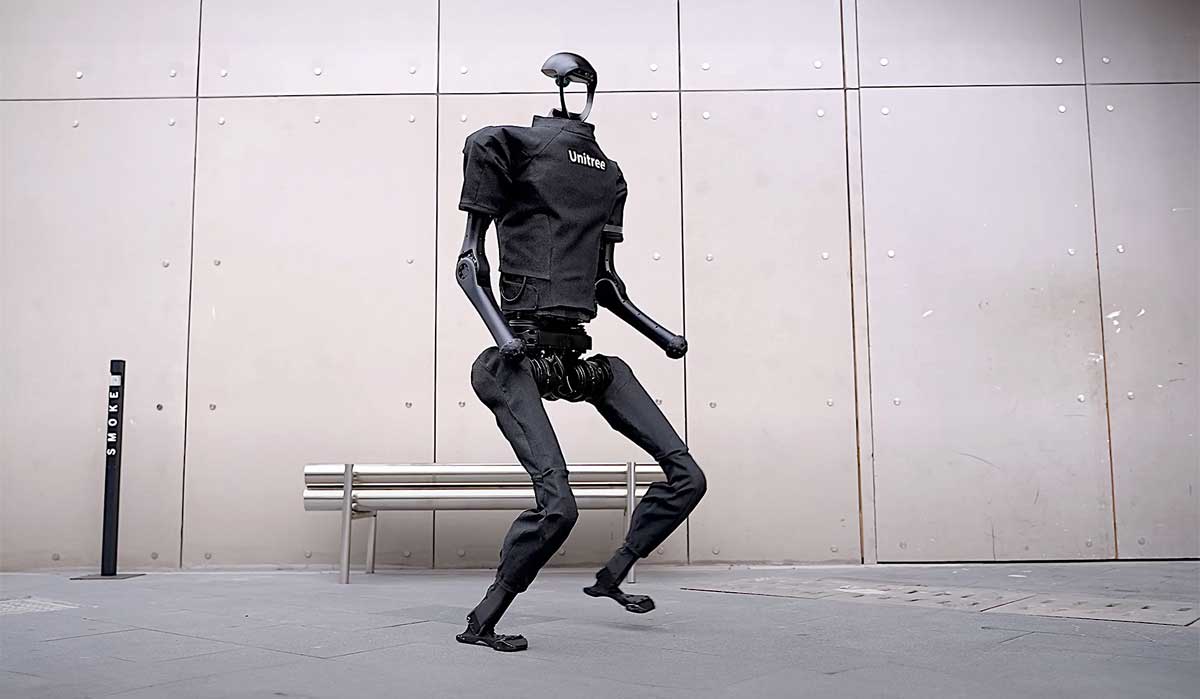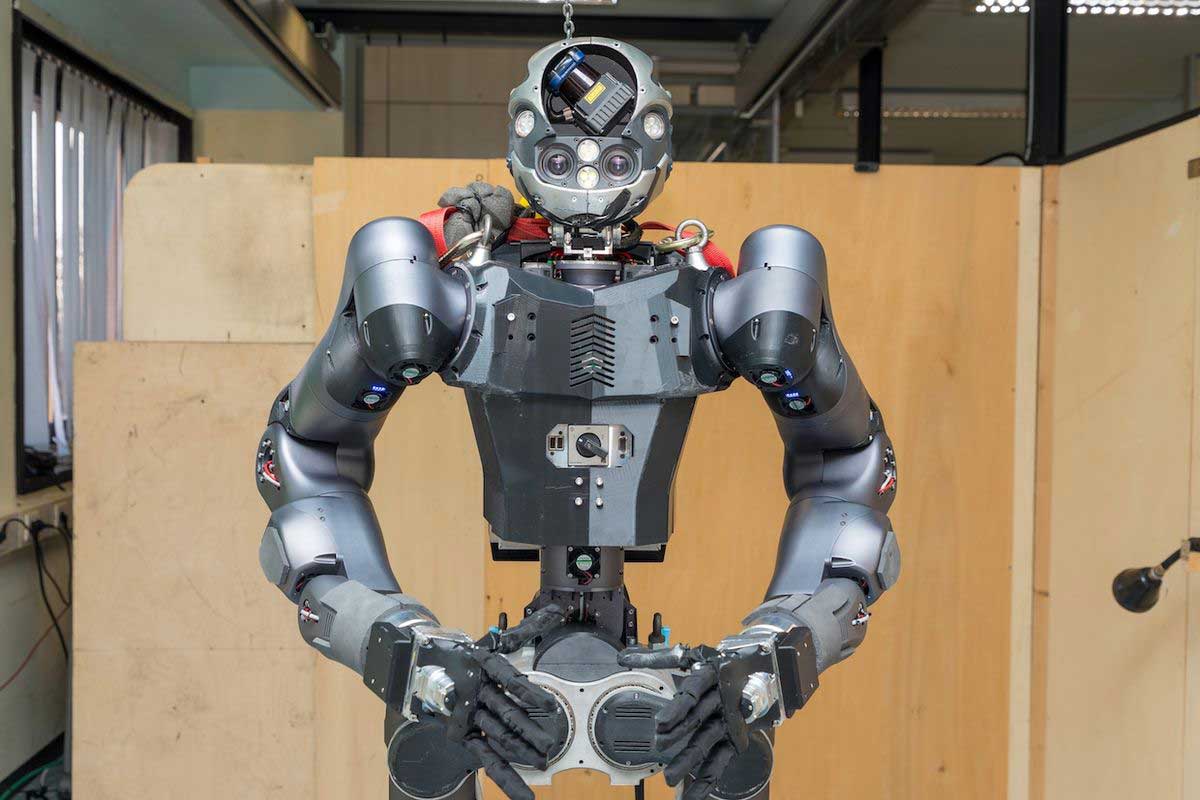In the ever-evolving landscape of robotics, the TALOS humanoid robot stands out as a testament to cutting-edge engineering and design. Developed by PAL Robotics, this 1.75-meter tall machine represents a significant leap forward in bipedal locomotion, dexterity, and human-robot interaction. Let’s delve into the world of TALOS and explore its capabilities, applications, and potential impact.
Power and Precision: At the heart of TALOS lies its advanced torque-controlled joint system. Unlike many robots that rely on position control, TALOS uses sensors in each joint to measure and adjust torque in real-time. This translates to dynamic, powerful movements, allowing it to walk on uneven terrain, manipulate objects with delicate precision, and even operate power tools. It boasts a payload capacity of 6 kg per arm, making it suitable for industrial tasks and research applications.
Intelligence in Motion: TALOS’s capabilities extend beyond physical prowess. It utilizes the Robot Operating System (ROS), a widely adopted framework for robot development, enabling the integration of sophisticated software and algorithms. This allows for autonomous navigation, obstacle avoidance, and even basic human-robot interaction. Imagine a TALOS navigating a factory floor, picking up tools, and completing tasks with minimal human intervention – a potential glimpse into the future of industrial automation.
Research Powerhouse: Beyond its industrial potential, TALOS serves as a valuable research platform for universities and institutions worldwide. Its open-source architecture and versatility make it ideal for testing and developing new walking algorithms, manipulation techniques, and human-robot collaboration strategies. Research using TALOS has explored areas like adaptive walking, object grasping in cluttered environments, and safe human-robot interaction.
The Road Ahead: While TALOS has already achieved remarkable feats, its development continues. Ongoing research focuses on improving balance and agility, expanding sensory capabilities, and refining human-robot communication. The ultimate goal? To see TALOS seamlessly integrated into real-world environments, collaborating with humans on complex tasks and pushing the boundaries of what robots can achieve.
Impact and Implications: The advancements showcased by TALOS hold significant implications for the future. In industrial settings, robots like TALOS could revolutionize manufacturing, performing hazardous tasks, and boosting productivity. In research and development, they could accelerate scientific breakthroughs by automating tedious tasks and providing valuable data. However, ethical considerations surrounding job displacement and human-robot interaction must be addressed alongside technological progress.
TALOS is more than just a robot; it represents a stepping stone towards a future where humans and robots work side-by-side. As TALOS continues to evolve, its impact on various industries and our everyday lives promises to be groundbreaking, prompting us to continuously reassess the potential and challenges of this rapidly developing technology.





Leave A Comment